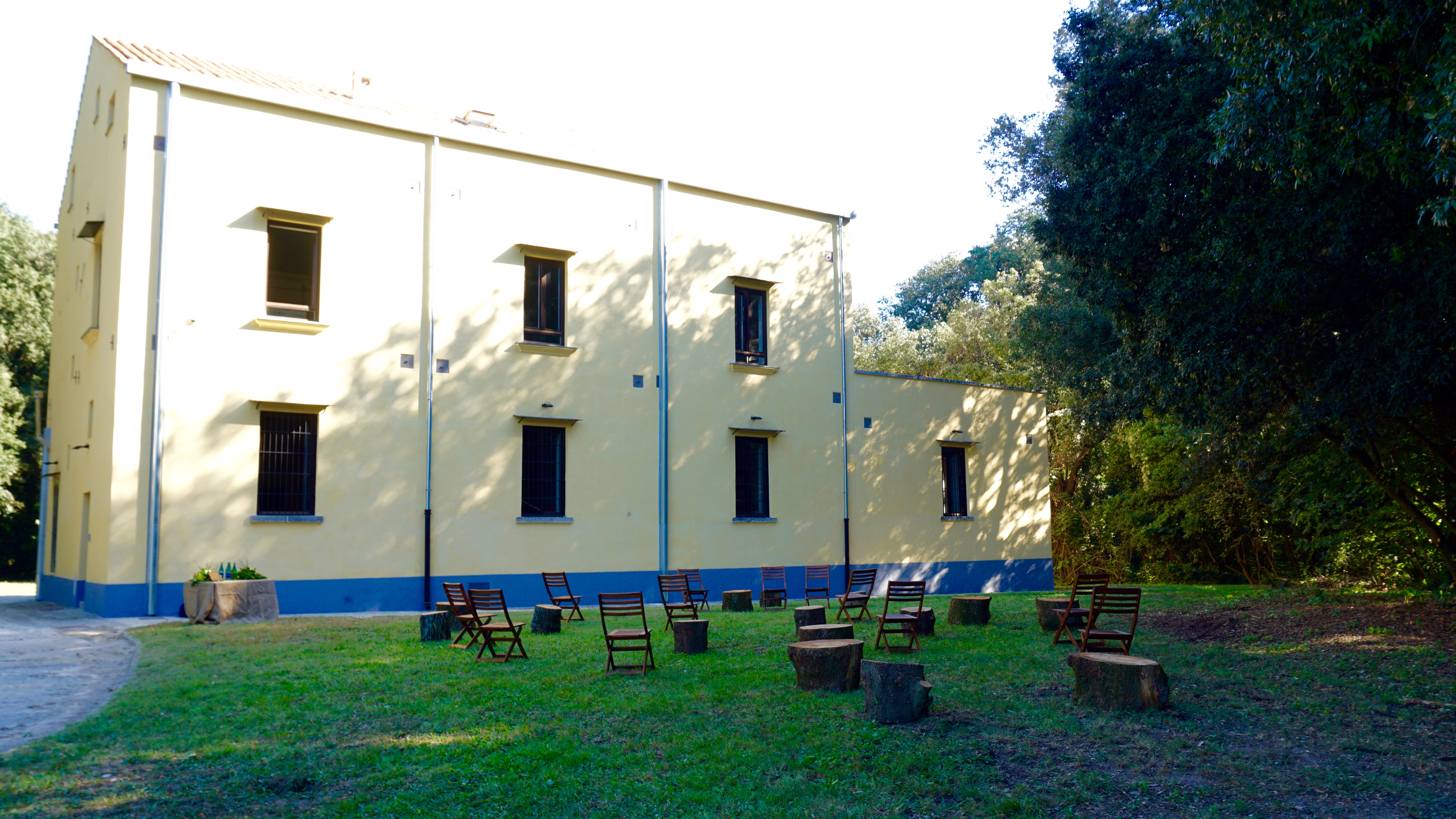
The Center for the Art and Architectural History of Port Cities "La Capraia" is a partnership between The Edith O’Donnell Institute of Art History, the Museo e Real Bosco di Capodimonte, Franklin University Switzerland, and Amici di Capodimonte

Pierre-Jacques Volaire, Eruption of Vesuvius, oil on canvas, 1769, Naples, Museo di Capodimonte.
One of the world’s oldest cultural centers and one of the largest ports in Europe, the city of Naples is a node in a cultural network that spans the Mediterranean and beyond. The history of art in Naples is one of encounter, exchange, and resistance, of rupture and unexpected convergence. It is above all a story of movement: of people, artworks, and forms, of technologies, traditions, and ideas. The complexity and dynamism of Naples’s history invites collaborative study across disciplines, and challenges us to envision new histories of art that range across geography, chronology, and medium.

Photo: Claudio Metallo
Center for the Art and Architectural History of Port Cities / Centro per la Storia dell'Arte e dell'Architettura delle Città Portuali "La Capraia"
The Center for the Art and Architectural History of Port Cities was founded in 2018 as a collaboration between the Museo e Real Bosco di Capodimonte in Naples and the Edith O’Donnell Institute of Art History at the University of Texas at Dallas.
Housed in La Capraia, a rustic eighteenth-century agricultural building at the heart of the Bosco di Capodimonte, the Center engages the museum and the city of Naples as a laboratory for new research in the cultural histories of port cities and the mobilities of artworks, people, technologies, and ideas.
Global in scope, research at the Center is grounded in direct study of objects, sites, collections, and archives in Naples and southern Italy.
Through research residencies for advanced graduate students, small field seminars, and larger programs organized with partner institutions, the Center fosters research on Naples as a site of cultural encounter, exchange, and transformation, and cultivates a network of scholars working at the intersection of the global and the local.
Download an overview of the Center here.
Learn about our scholarly programs and Research Residencies.
We also invite you to read our 2018-2019 Research Report, 2019-2020 Research Report, and 2020-2022 Research Report.

Photo: Claudio Metallo
La Capraia
"La Capraia” or “ the goat farm,” known also as "Fabbricato Capraia" and "il Casino della Capraia," comprises two rustic buildings, which, until 1836, surrounded a garden courtyard. The original function of the main building, first constructed in the eighteenth century, was to accommodate agricultural storage and goat stalls on the ground floor and living quarters above. The stone-cut goat stalls are preserved on the ground floor to this day. While the second, smaller building was transformed in the nineteenth century into a rustic folly, the main three-story building provides ample space for symposia, seminars, offices, bedrooms, common living and dining areas, and a beautiful east-facing terrace.

Real Fabbrica di Capodimonte, Salottino di Porcellana, painted and gilded porcelain and stucco, 1757-1759. Naples, Museo di Capodimonte.
The Center for the Art and Architectural History of Port Cities is a partnership between the Edith O’Donnell Institute of Art History, the Museo e Real Bosco di Capodimonte, Franklin University Switzerland, and Amici di Capodimonte.
Our Advisory Group brings together scholars from Italy, Europe, and the United States.
Find us on Facebook
Follow us on Instagram @lacapraia




